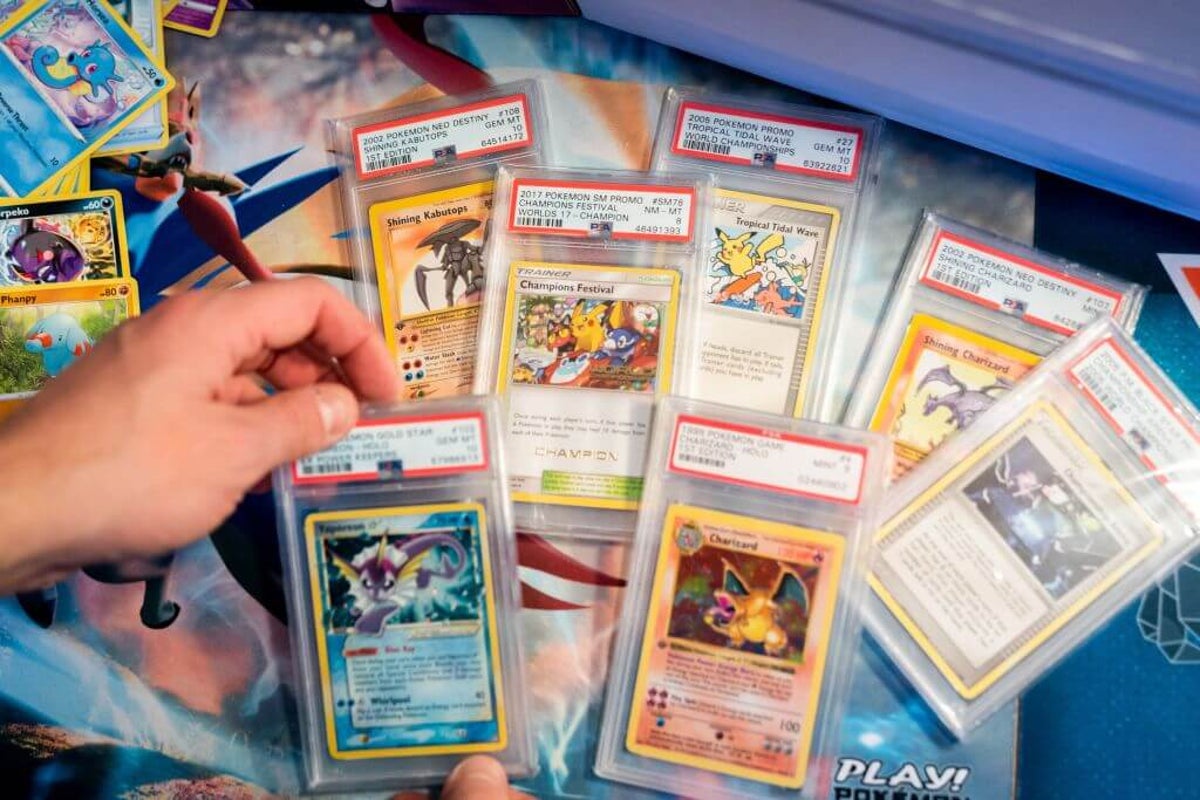

Pokémon cards have exploded in value in the past year similar to the growth of sports cards early in the pandemic. The result is a shift at card shows that once typically were the sole province of sports memorabilia.
The question is whether Pikachu and Charizard can coexist at dealer tables next to Mickey Mantle and Shohei Ohtani.
Advertisement
A survey of card collectors in 2024 showed trading card game (TCG)/Pokémon collecting was 30 percent of the market. But that figure seems likely to continue to grow. Note that according to GemRate, which tracks graded card populations, the vast majority of cards graded today are TCG. In a recent seven-day sample in late April, TCG accounted for 70% of all graded cards — and nearly all of that was Pokémon.
“It’s trending more Pokémon overall now,” said Deb Nexon, promoter of the Morris County (NJ) Card show since 2021. “The sports dealers say the market is so volatile compared to modern sports. No Pokémon is going to tear an ACL. So the market is more stable.”
TCG dealers are finding increasingly high demand for cards new and old (Pokemon cards were initially released in 1999).
“You can’t find them at stores,” Nexon added. “You have scalpers sleeping outside and flipping to vendors for a profit and then (the vendors) mark it up. A little box with six packs is getting a 300 percent premium at shows. It’s just crazy hype right now.”
A recent collaboration between Pokemon and the Van Goh Museum in Amsterdam produced a level of mayhem that resulted in a Pikachu with Grey Felt Hat promo card being removed from the museum’s gift shop due to safety concerns.
Nexon said that dealers are moving at least some of their card-show table space from sports to TCG, though that mostly means Pokémon, as that’s 80-to-90 percent of the TCG market, according to dealers contacted by The Athletic. Nexon said about 50 percent of her tables are Pokémon and she’s trying to maintain at least half sports tables at her show.
Most TCG buyers aren’t children, though.
“Pokémon apps are more targeted at adults, who make up most of the buyers,” Nexon said. “I don’t know if adult buyers are collecting or selling. But the market seems more investment and business oriented rather than hobby/collecting oriented.”
Advertisement
Gabe Horvath of Coast Cards in Sugarloaf, PA set up at the “March Madness” show in White Plains, NY, selling Pokémon/TCG, vintage sports and modern sports at his multiple tables. “About 30 percent of my card inventory is Pokémon and that made up 40 percent of my sales (at that show).”
Andrew Sussman, owner of Gamers Dream in Pennsylvania, sells Pokémon and TCG cards at a long-standing Bergen County, NJ show that remains primarily devoted to sports cards.
“I’d say on a whole, ‘card and collectable’ shows are 20 percent (TCG). I have done a bunch of shows in PA and NY that have way more than NJ shows. One in Nyack was almost 60 percent TCG. As a whole I think it depends on the demographic and the way (the show) is advertised.”
Nexon said that TCG/Pokémon dealers prefer to be smaller parts of broader card shows that include sports because their inventory is much more limited than sports cards. “If you have a show exclusively with TCG, everyone is going to have the same product at every table. There aren’t numbered cards and variations like in sports.”
Sussman said sports/TCG diversity makes for a better show, “There’s more crossover with parents and kids. You get a lot more attendance if you can provide more than just sports at shows. I also believe that no matter what, you will never turn off sports collectors when it comes to attending shows as long as most vendors have the product. That’s why I’ll always offer (hockey cards) that keep sports fans happy.”
Horvath said he started moving Pokémon cards from his shop only to his show tables about 18 months ago. “The Pokémon Company came out with new sets in 2024 and they hyped up the product so well you can’t even get it today. All sets are short printed. There literally are fights for product in stores. It’s really only the scalpers who are buying product (at retail prices).”
Advertisement
The presence of TCG at card shows is not going to end any time soon, according to Horvath. “Sports and TCG living happily together. I view it as the more the merrier. Old-school sports dealers have an issue with TCG. But the younger guys and companies like mine do not. At the end of the day, it’s all the same money.”
When space allows, like in the 140,000-square-foot Philly Show in Oaks, PA, Horvath likes putting TCG in a separate room or area. He said The Philly Show had “10 times as many” TCG tables than the White Plains show but that the sports card collectors barely noticed because you had to hunt for that area on the floor.
Where sports cards and TCG share the same floor space, the prevailing belief is that TCG is stepping into the void created by the dearth of vintage sports cards, which traditionally have occupied a lot of space on dealer tables.
“Vintage collectors do complain (about not having enough of a selection), but the issue is that vintage cards are tough for dealers to acquire. It’s very hard to find dealers with enough vintage inventory for a show,” Nexon said.
The explosive growth of Pokémon has been great for show promoters. Nexon said the number of tables at her show has nearly tripled to over 100 and is only limited by space with a waiting list at least 40 deep. She said kids sell at tables with their parents. “The entry point (to sell) is not hard. You can start selling after opening up a few packs.”
The reason is that every card is going to be sought by someone. Conversely, Nexon said that sports card dealers have to spend much more on inventory and break many more packs to get the higher-end cards that sell. And then they’re loaded up with “common” cards of non-stars and non-prospects marketable to only a small segment of die-hard collectors.
Nexon added it also costs significantly less money for TCG collectors to make a score at a card show than it typically does for sports collectors.
Advertisement
“You need a bigger bankroll at a show to buy sports than you do for Pokémon. If you’re really playing the game, you’re just trying to get all the cards, most of which are not expensive.”
The prices of Pokémon cards in gem mint grade are starting to stabilize, according to Horvath. “But the cards have tripled in value in the last five months. So where will it be in a few years?” he wondered. “Pokémon characters don’t have bad years. They don’t get hurt or test positive for steroids or have off-field scandals. But they don’t have good years either, so the upside seems limited, too.”
Horvath and Nexon agreed that Pokémon cards are now viewed as having the “flippability” (easy to quickly resell) of modern sports cards but with a floor more similar to vintage sports cards. Card values can go down, but not as near to zero as is possible when bad news befalls active athletes.
However, Sussman said the prevailing sentiment in the TCG market is for prices to come down. “Everyone except the scalpers want this. The current market is more towards collectors that chase one or two cards in the set and wholesale out the rest of the cards.” Sussman questions how sustainable that is.
The shared space of card shows increases opportunities for crossover between the TCG and sports markets. Especially when one of the markets is white hot like Pokémon is right now.
“I’m finding buyers want to get out of Pokémon and get into sports,” Horvath said.
Effectively that means trading Charizard for Ohtani or Pikachu for Mantle.
The Athletic maintains full editorial independence in all our coverage. When you click or make purchases through our links, we may earn a commission.
(Top photo: IDA MARIE ODGAARD/Ritzau Scanpix/AFP via Getty Images)
This news was originally published on this post .






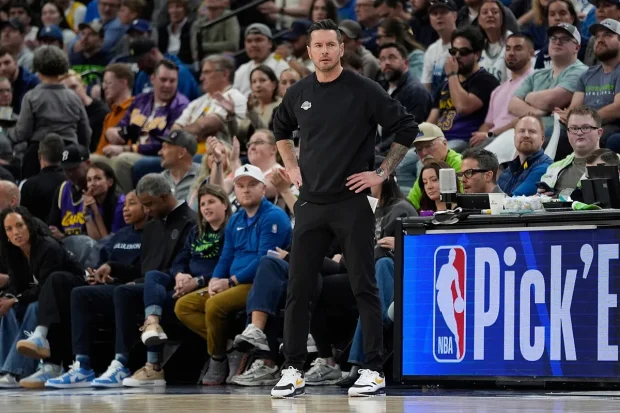

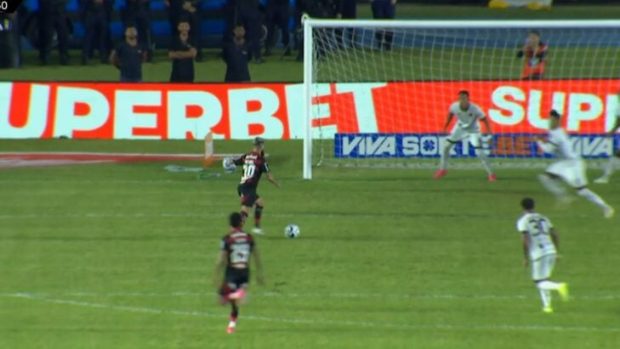
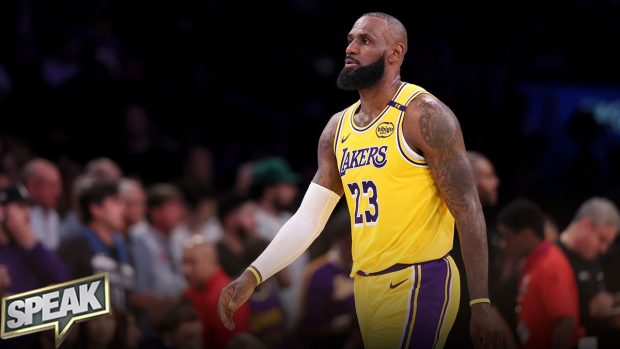
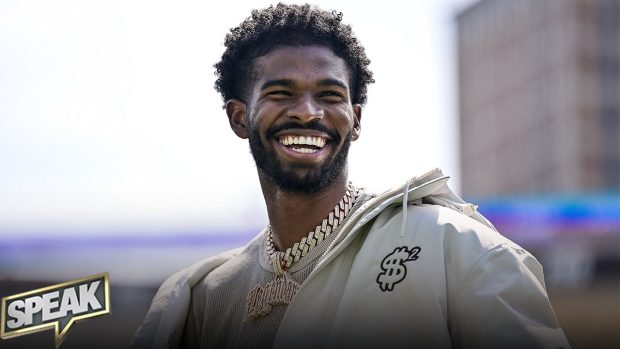
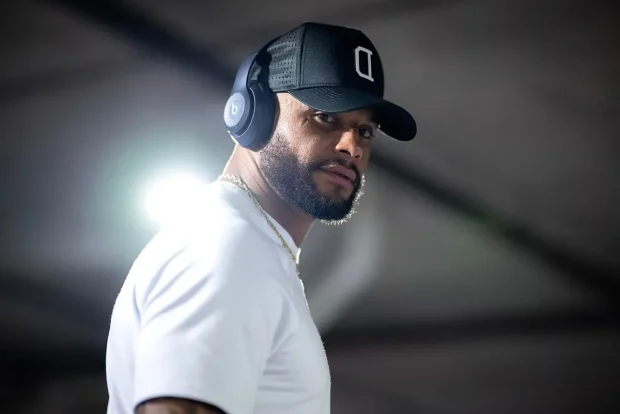
Be the first to leave a comment